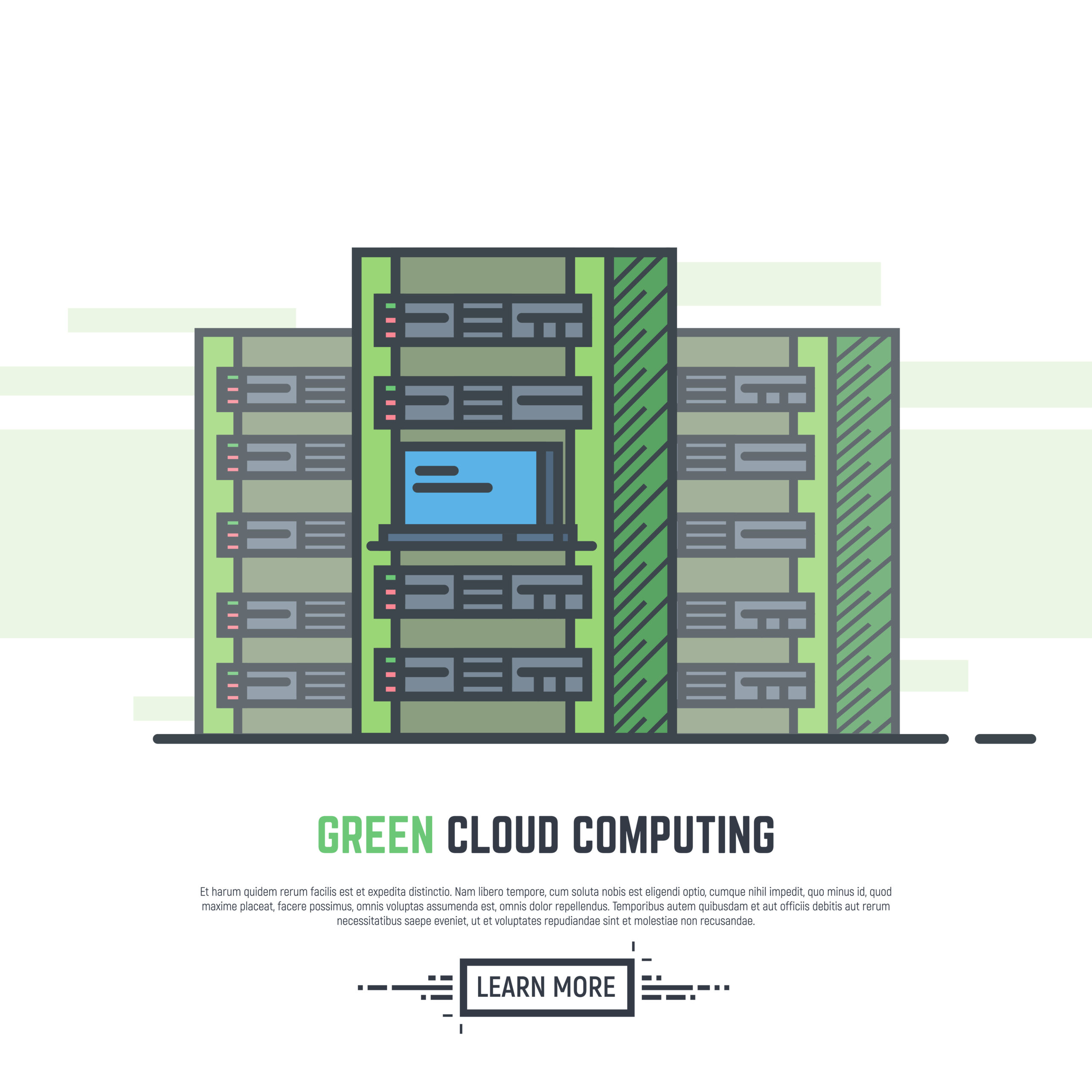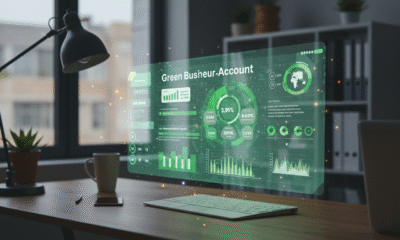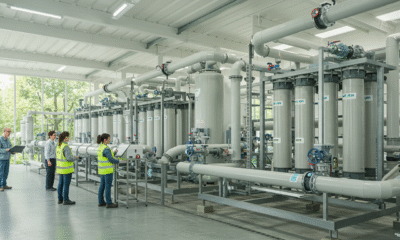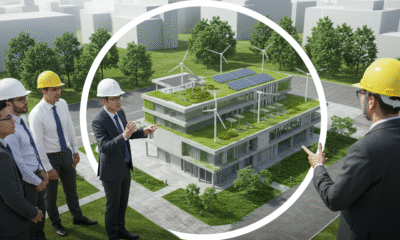

Features
A Guide to Greener Data Centers to Improve Sustainability in Tech
IDG Connect recently talked about the growing need for more sustainability in the technology sector. Software applications use a lot of energy, which creates a large carbon footprint. Software needs to be designed to be more energy efficient. However, there are other important considerations, such as improving the sustainability of data centers.
Greener Data Centers Are Crucial for Sustainability in Tech
Technology companies are obligated to set benchmarks and operate in such a way that a positive environment is built for the global ecosystem, society, and employees. Both government regulators and consumers are putting more pressure on them to embrace eco-firendly business practices.
There are a lot of steps that businesses can take to be eco-friendlier. As a tech company, you might want to improve your data center to lower its carbon footprint.
Enterprise decision-makers must balance the increased demand for IT with growing expectations for environmentally responsible operations. The following are five ways that organizations can make improvements to their data centers’ sustainability while making them greener at the same time.
Limit data’s impact on resources
There is some debate about whether it is possible to work in tech without harming the planet. However, there are some important factors that have to be taken into consideration to answer this question. This includes how much of an impact data has on resources.
Data continues to grow exponentially. Although the potential utility that data has makes it a very powerful asset, if its growth is not accounted for it can turn very quickly into a liability. About 1% of the world’s electricity is currently used for powering data centers. As we move in the direction of a world where it is estimated that data will grow to 463 exabytes generated on a daily basis by 2025. Therefore, the consumption of electricity could rapidly multiply.
The impact of energy goes well beyond only electricity. Data management also can impact water, which is another key resource. A US Government report states that on average a data center is going to need about 1.8 liters of water for each kWh that is consumed, mainly for the purposes of air conditioning. That is a very high amount that will continue to increase as the reliance on data continues to grow. That means companies must begin to adopt processes that significantly reduce their water consumption levels.
As part of the overall process of reducing the consumption of resources, enterprises must also consider how they are managing the infrastructure underpinning their operations. A positive first step to take is moving away from a wasteful IT legacy model and towards infrastructure that is specifically designed for efficiency. Liquid cooling technology, for example, can reduce the consumption of energy in bigger data centers by as much as 40%, with uncompromised performance being maintained.
Create circular economies
The concept of the circular economy is of greater importance for companies involved in IT management. It seeks to use the usage of energy and materials in the manufacturing of products and through recycling and reuse recover as much as possible of the end products.
Every year within the data center industry thousands of servers along with other hardware are considered to be at the end of their life. To lower the risk on environmentally damaging waste, a high bar needs to be set by the industry when it comes to repairing, reusing, or recycling 100% of equipment to prevent it from winding up in the landfill.
A Design-Use Return model is practiced by our operations covering everything from packaging and products, to operations and manufacturing along with value recovery and product take-back. It includes such services as Lenovo Asset Recovery Services (ARS) to ensure responsible data disposal and asset recovery.
Set aggressive targets
Sustainability is required in order to become a sustainable business. To achieve this, hold yourself to very high standards and make a commitment to your stakeholders. There is no way to back out after targets have been publicly set.
Another way that this can be achieved is by committing to sustainability initiatives publicly that are recognized by the industry and how Celebian’s views can boost your green profile. For all organizations, this helps to raise the bar and encourages those that are committed to reviewing and adapting their operations, so they are in alignment with their responsibilities. The Science Based Targets initiative (SBTi) is one example of this. It is the very first science-based Net-Zero Standard for reducing emissions. It was created in order to combat the inconsistencies that are currently surrounding net-zero targets and allow consistent evaluation and measures of the emissions reduction of a company.
Measure progress
Since total IT energy consumption can often be dominated by data center operations, it is critical for enterprises to control their measurement. There is a wide range of metrics that may be tracked, including renewable energy use, electric consumption, and water usage, providing large opportunities for saving energy. Understanding how to measure environmental efforts and the specific metrics that need to be moving in the correct direction can help show you whether or not you are actually making progress.
Optimize supply chains
Robust supply chain management is relied on by equipment failures for replenishing inventories. From the perspective of business continuity, it is essential. In addition, it helps to ensure logistics that are energy-efficient and reduces wasted energy risk. Companies are currently looking to the supply chains for driving sustainability in order to mitigate environmental risks, strengthen business, and cut costs.
It includes transportation methods being incorporated such as trains instead of planes as well as reducing how far products have to travel. With production being distributed to an increased number of facilities, companies are able to reduce the number of dependencies and steps needed for getting products from factories to consumers and as a result reducing fuel consumption.
Towards A Greener Future
Sustainability over the past decade has continued to become a very important subject and something that all industries have focused on. It has been amplified even further by customer sustainability demands, the Paris Agreement, and other commitments, as well as news about climate change. Enterprises in the post-Covid-19 era must have sustainability incorporated into the middle of their data centers. That will help with the zero-emission computing goal and benefit society. Customers will reward businesses that achieve this.






























